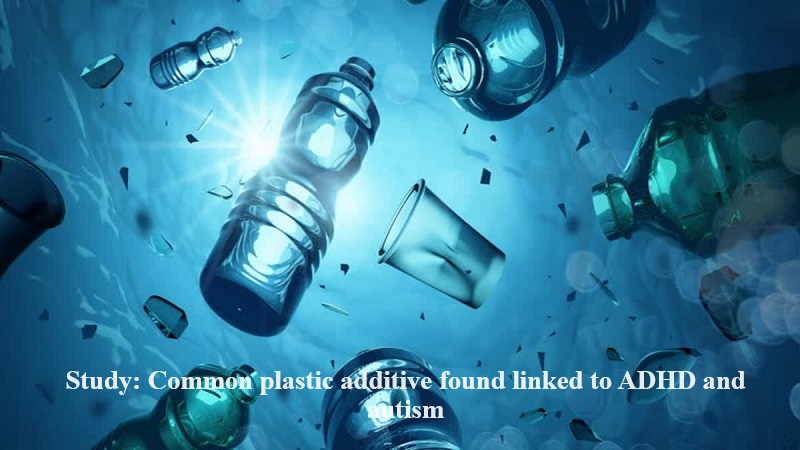
There is no need for shame when it comes to having ADHD or Autism, as the ever-evolving field of medicine continually delves into these conditions and progresses by exploring new treatment avenues. A recent study, published in the journal PLOS One and reported by ScienceAlert, has revealed a potential connection between a common plastic additive and these conditions.
This research was conducted by scientists from Rowan University and Rutgers University in the United States. Their findings indicate that children diagnosed with Attention Deficit Hyperactivity Disorder (ADHD) and/or Autism Spectrum Disorder (ASD) exhibit differences in how their bodies metabolize and expel bisphenol A (BPA), a plastic additive, in comparison to neurotypical children.
The study involved three distinct groups of children: 66 with autism, 46 with ADHD, and 37 neurotypical children. The researchers focused on the examination of the ‘glucuronidation’ process in these children.
Glucuronidation is the mechanism by which the body eliminates toxins from the bloodstream through the urine.
The study has uncovered that children with ADHD or ASD are not as efficient in clearing out BPA and Diethylhexyl Phthalate (DEHP) as neurotypical children. DEHP is a compound similar to BPA.
The reduced efficiency in eliminating these substances could imply that the bodies of children with ASD and ADHD may experience toxic effects over a prolonged period compared to neurotypical children.
These findings signify a crucial step in understanding the potential links between environmental factors, such as exposure to certain chemicals, and neurodevelopmental disorders like ADHD and Autism. While further research is undoubtedly required to delve deeper into these connections, this study illuminates a compelling area of exploration and underscores the importance of raising awareness about these conditions.

Post Your Comments